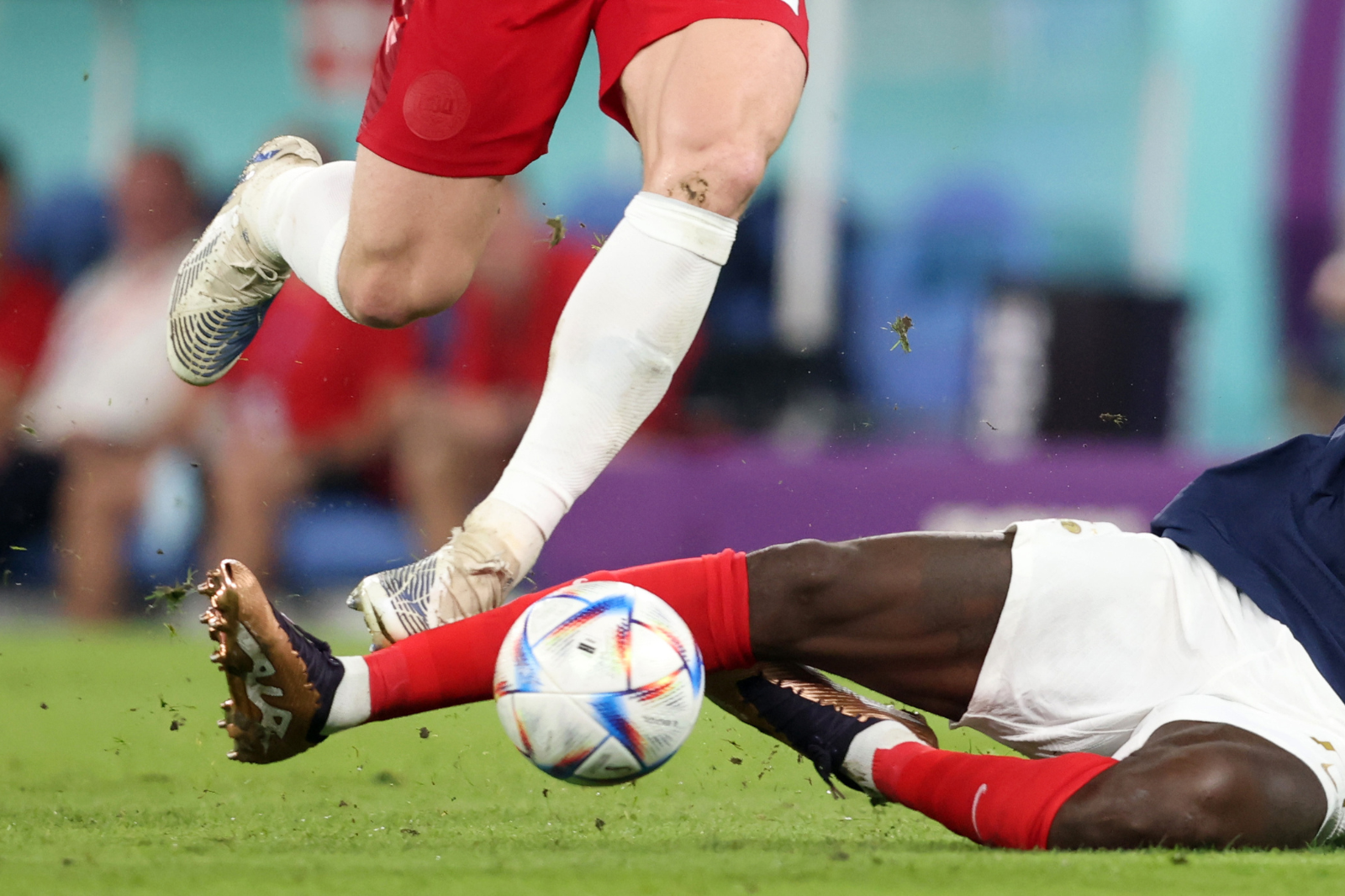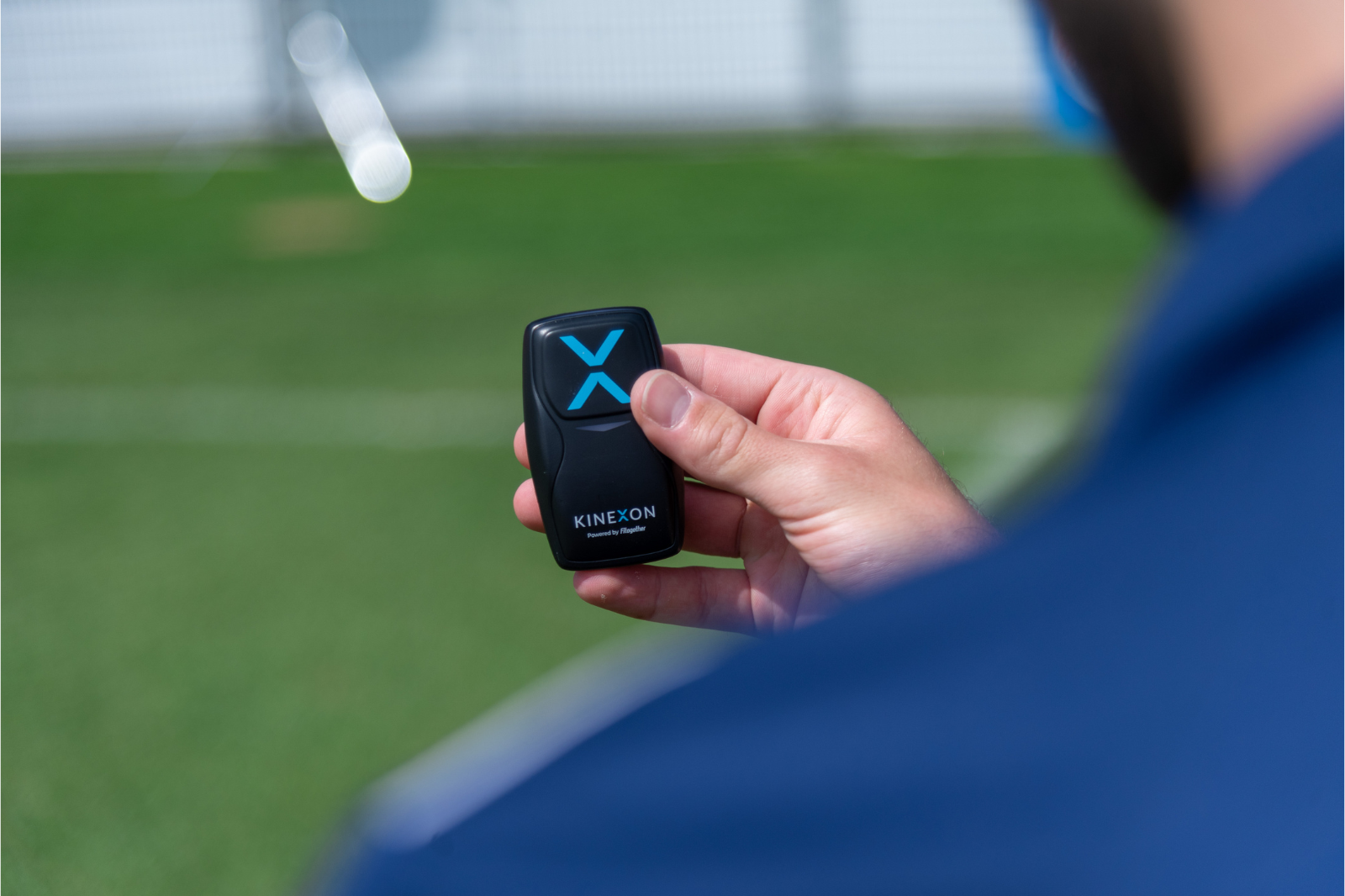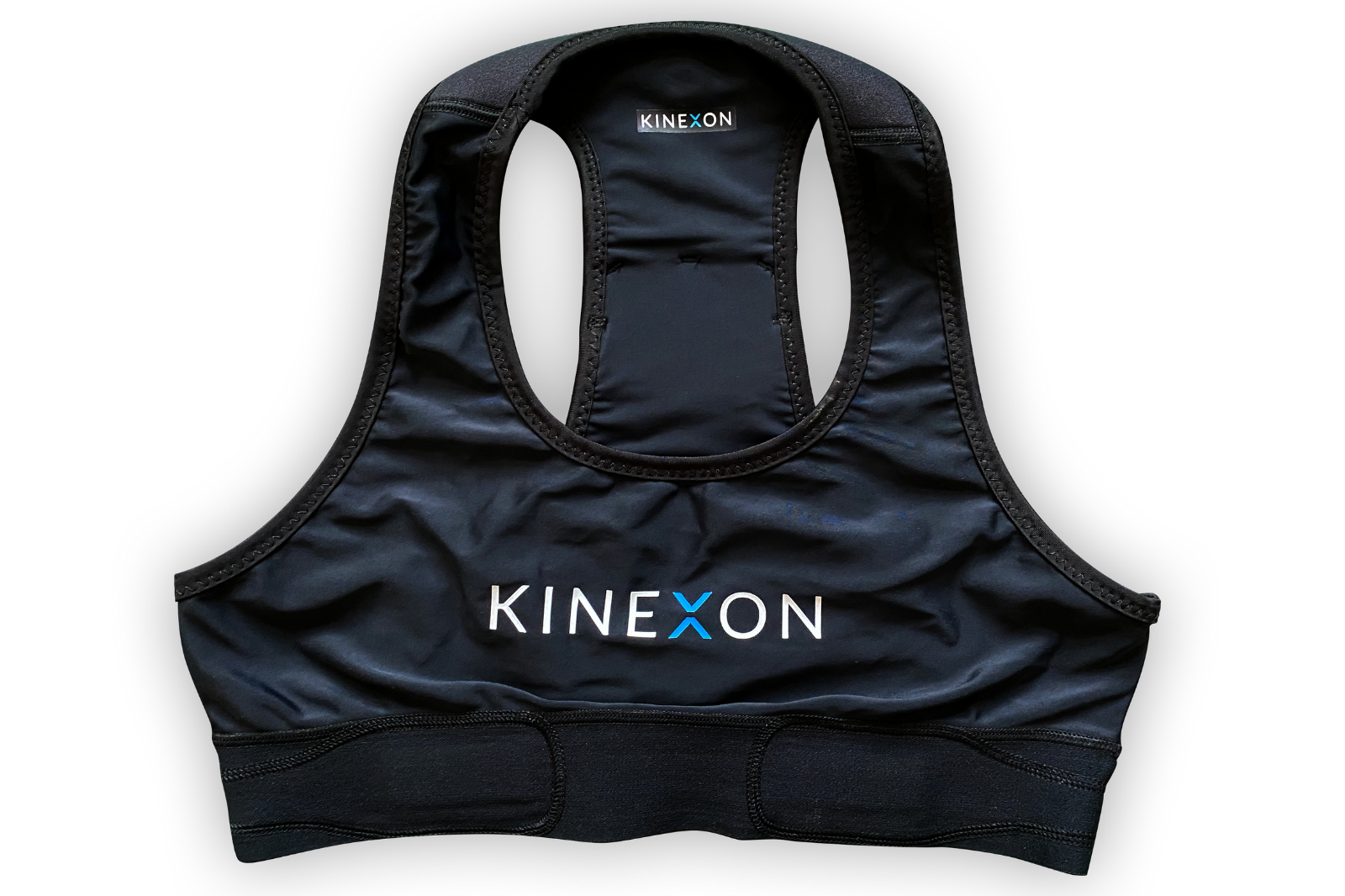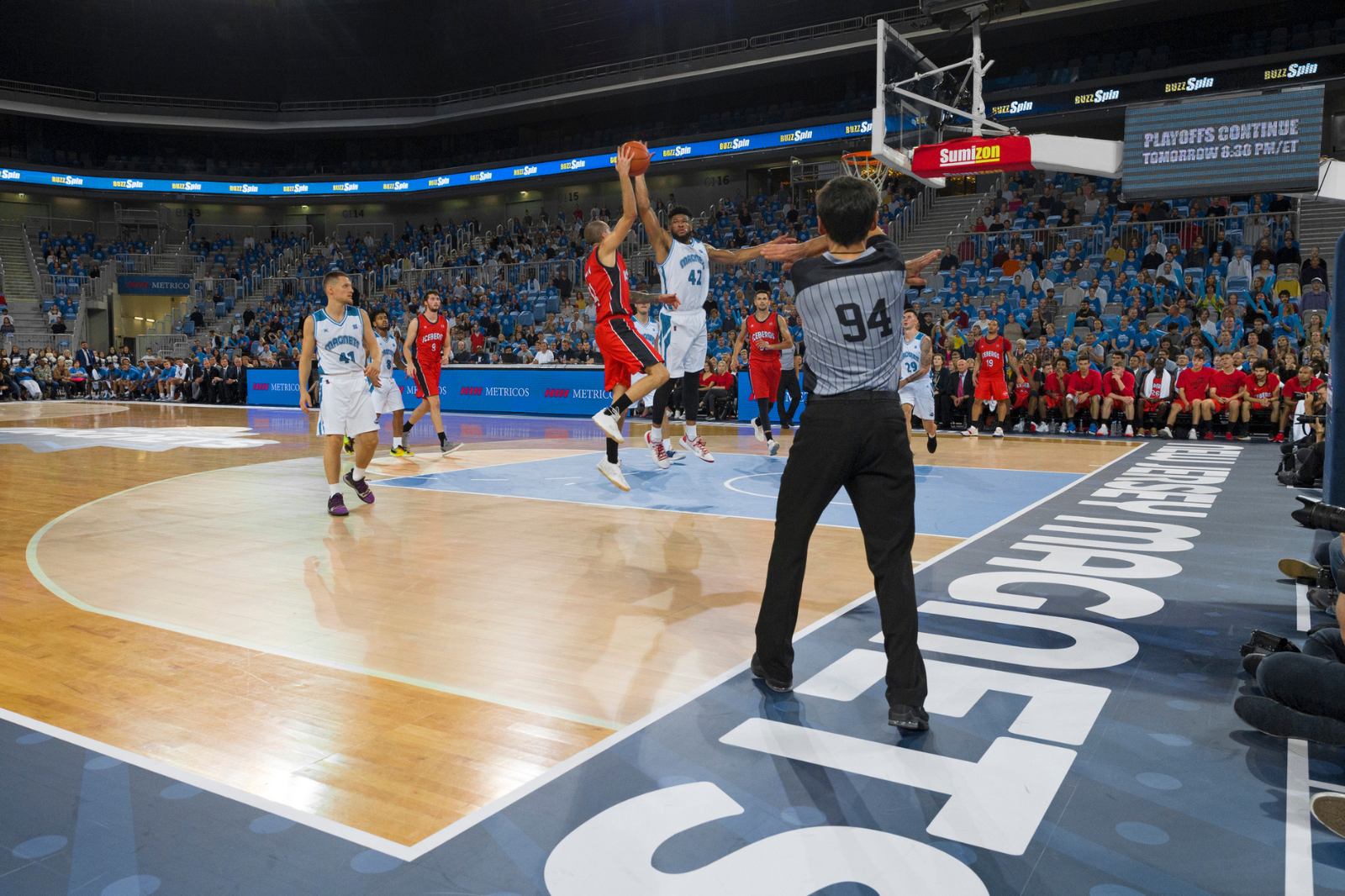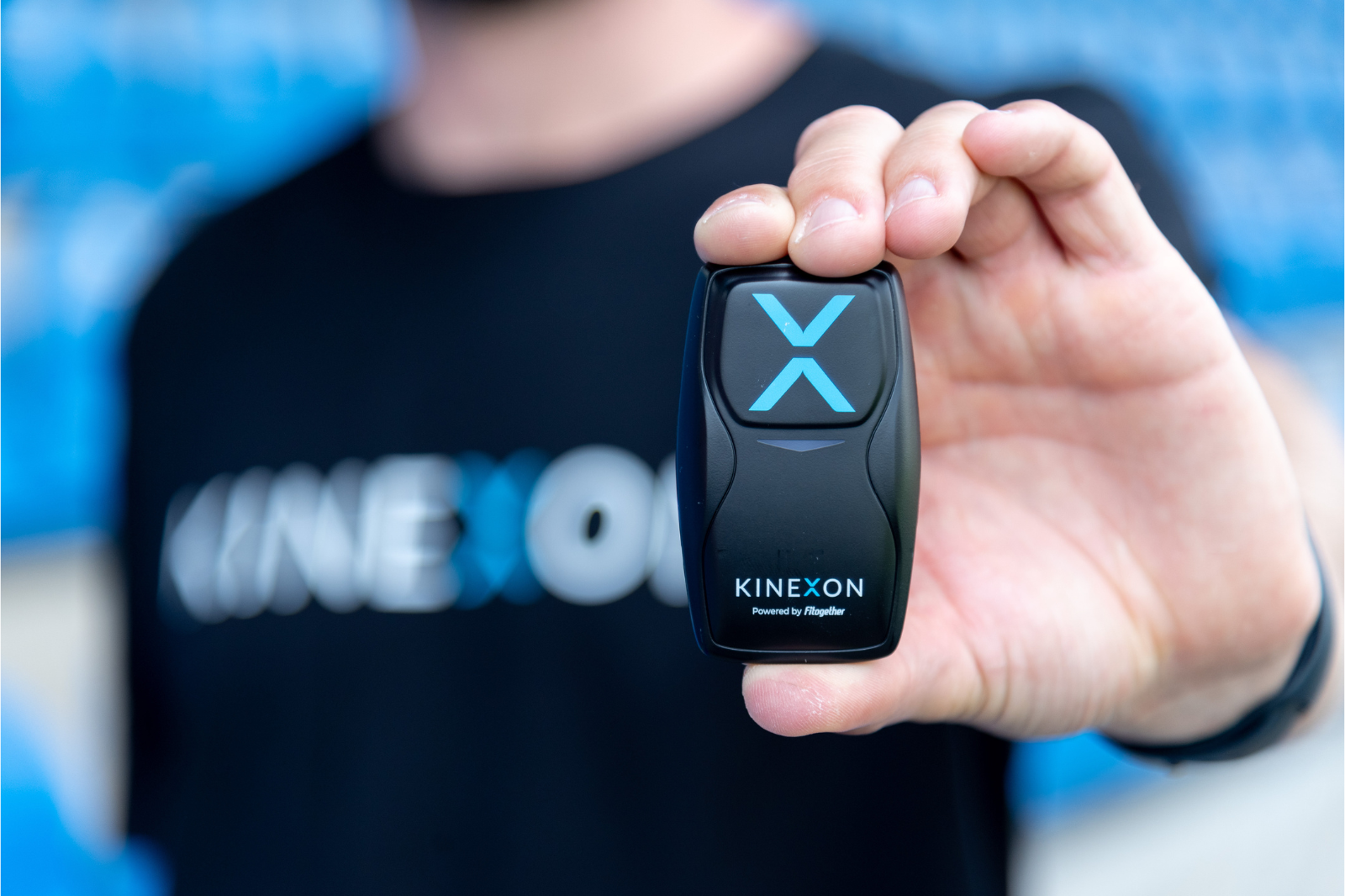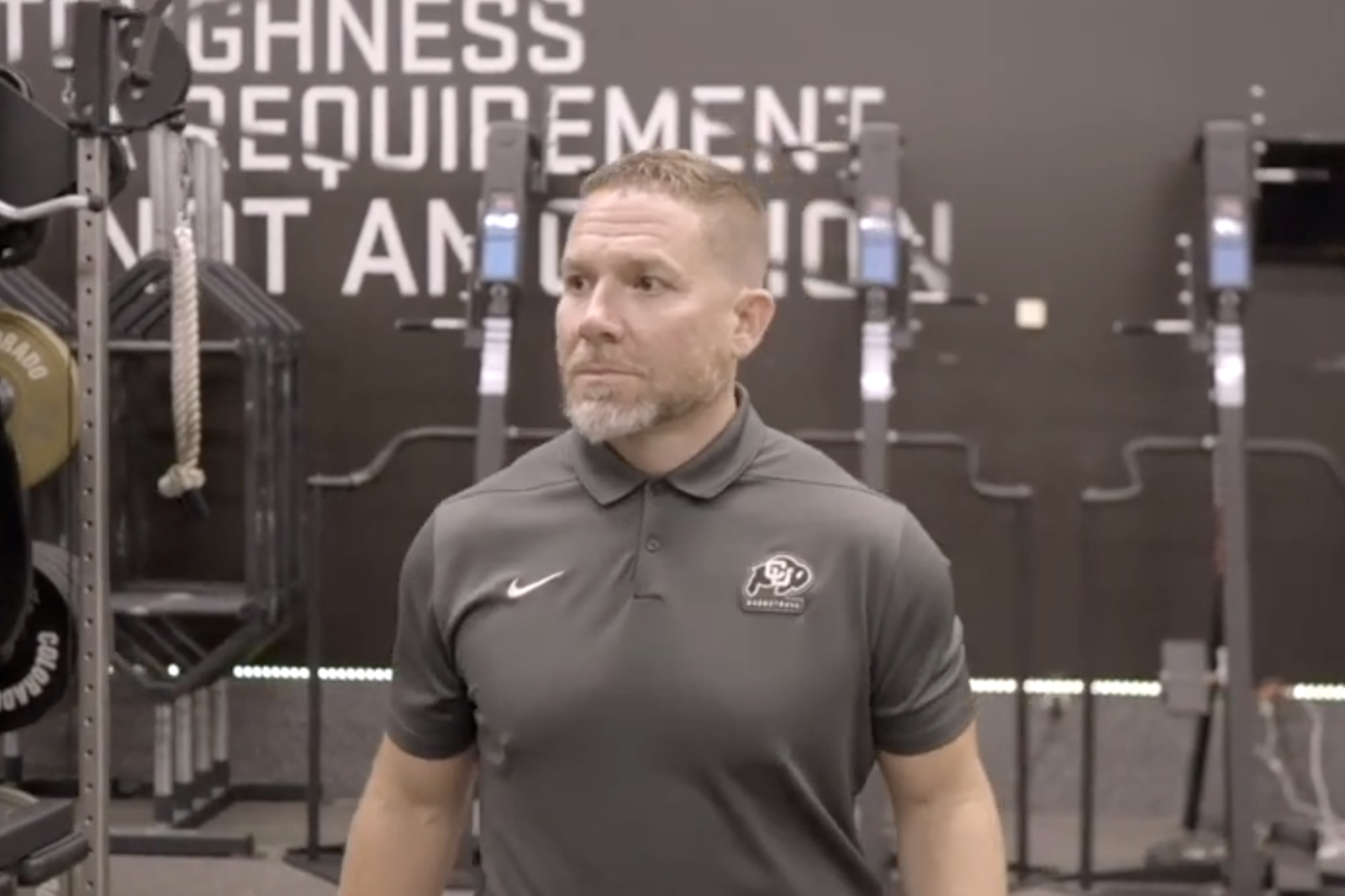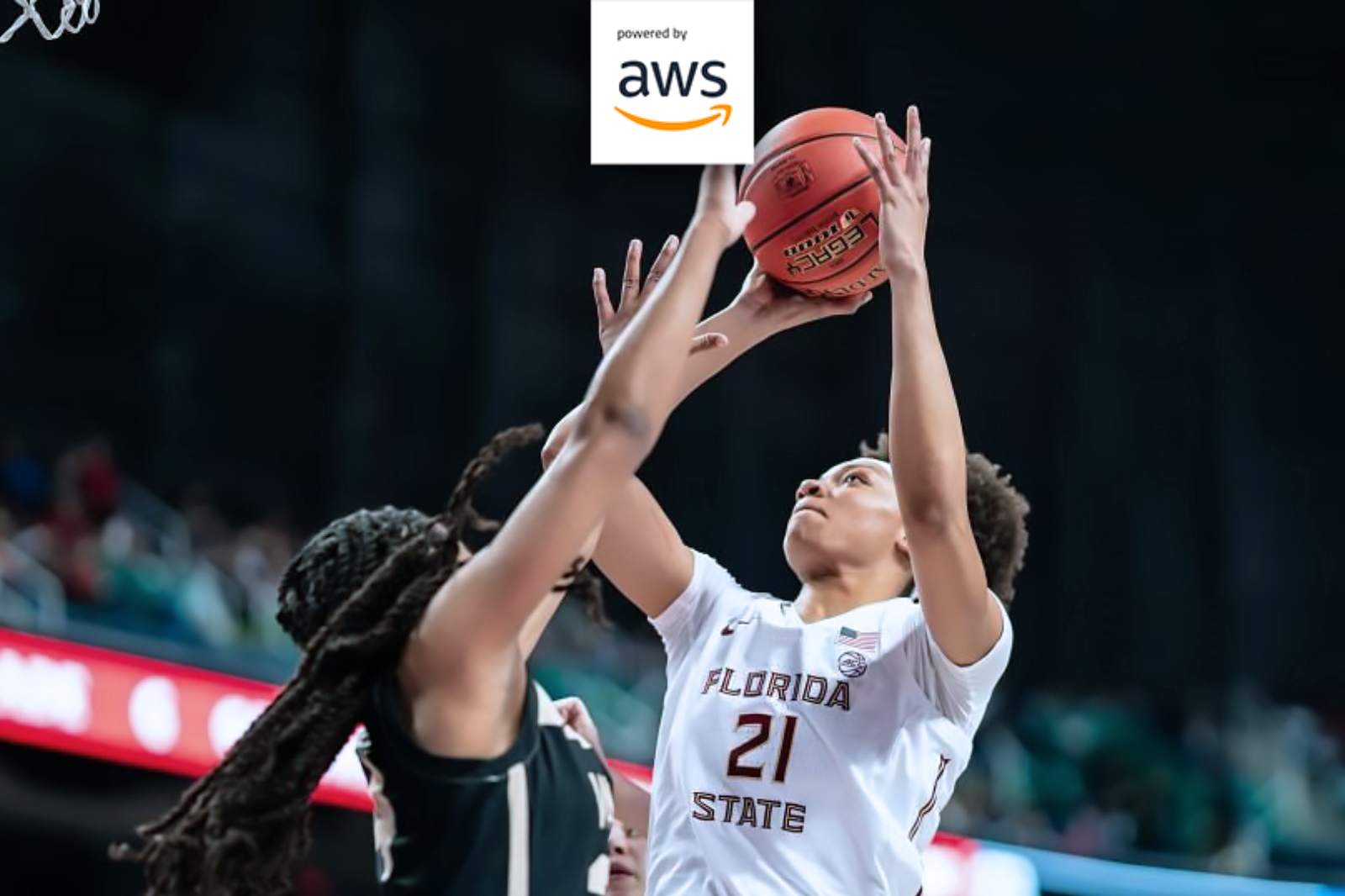How Sports Technology Helps Women Athletes Develop Menstrual Cycle-Oriented Training
Women athletes have unique physiological needs, especially when it comes to their menstrual cycle. But sports technology is now being used to better understand how hormone fluctuations impact performance, so women can optimize their workout plans.
More and more women athletes are beginning to combine sports analytics with very candid conversations about their menstrual cycle. Their honesty, and the insights the data provides is allowing women athletes to work together with their coaches and trainers to develop an effective menstrual cycle workout plan.

With the Women’s World Cup just a few weeks away and the WNBA season in full swing, there’s no better time to begin an initiative to develop cycle-syncing workouts for women athletes. It’s a movement that applies to all women’s sports from college to the professional level.
So, let’s take a closer look at the four phases of the menstrual cycle, how it can affect sports performance, and how sports technology is helping players, coaches, and trainers manage it better.
Menstrual Cycle and Sports Performance

Before delving into the role of technology in sports, it’s important to understand how the menstrual cycle can affect sports performance.
The menstrual cycle consists of four phases:
- Menstruation
- The follicular phase
- Ovulation
- The luteal phase
Hormonal changes during these phases affect energy levels, strength, endurance, and recovery. Which is why women-specific requirements are needed. One study even examined the influence of the menstrual cycle on fluctuations of muscle performance in women athletes.
By tailoring workouts to specific phases, women can harness their body’s natural rhythms to maximize results.
After gathering feedback and insights, we have the first menstrual-cycle oriented dashboards ready and on-hand for teams to use.
Sports Technology Provides Insights
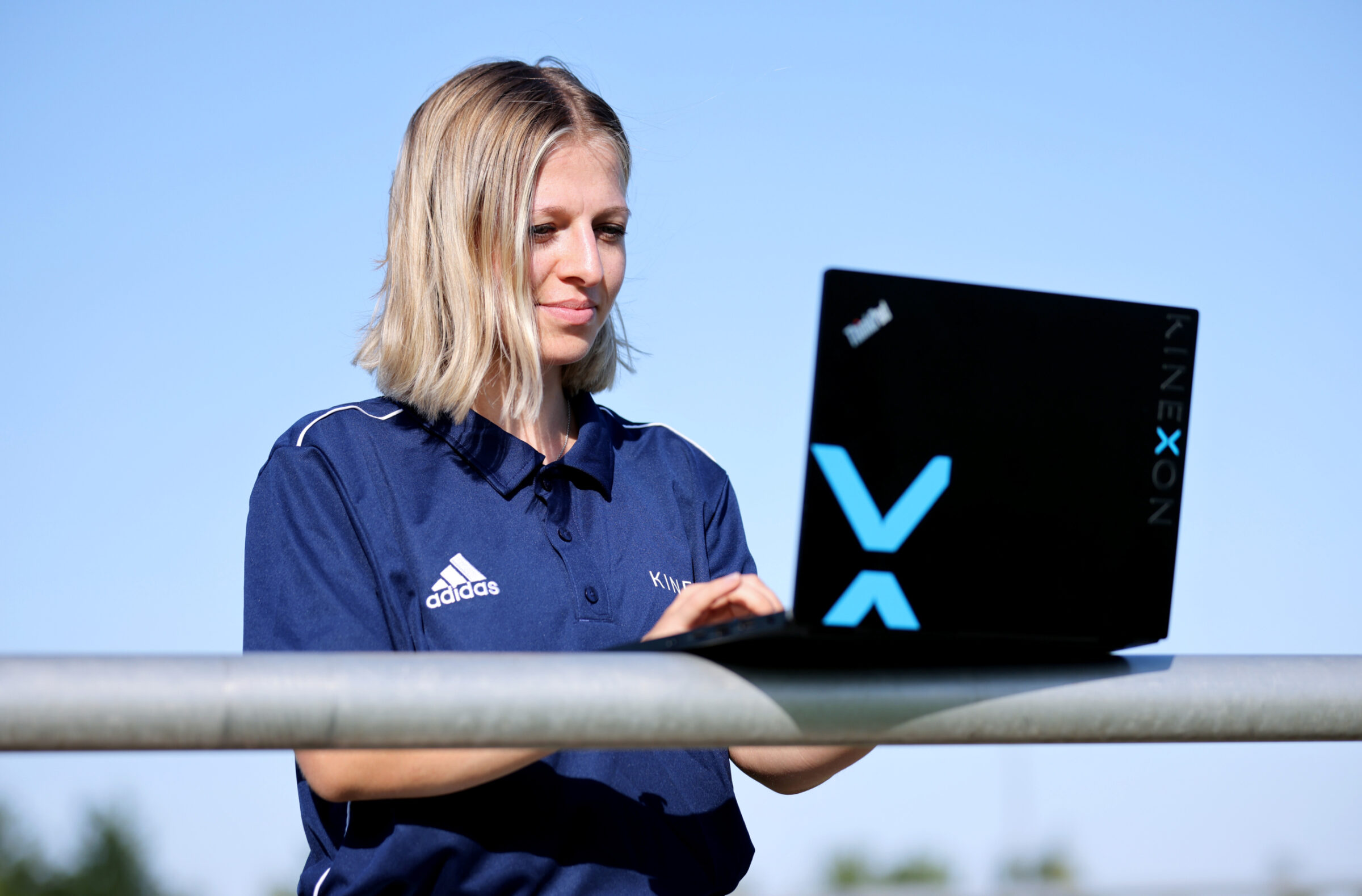
Sports technology plays a vital role in helping women athletes create a menstrual cycle workout plan. Athletes can track their menstrual cycles using various ways, including:
- Mobile apps
- Wearable devices
- Keeping a journal
These tools provide valuable insights into individual patterns and allow athletes to anticipate changes in performance throughout the cycle.
By analyzing data on strength, endurance, and recovery, women can identify trends and make informed decisions about training intensity and volume. It may also help prevent ACL tears in some women athletes.
For example, during the follicular phase, when estrogen levels rise, women may experience improved endurance and recovery. This could be an ideal time for high-intensity training or focusing on building strength.
Conversely, during the luteal phase, when progesterone levels increase, athletes might benefit from lighter workouts or incorporating more active recovery exercises. But every athlete is different, so it’s impossible to come up with a “one plan fits all” approach.
Creating Menstrual Cycle-Oriented Plans
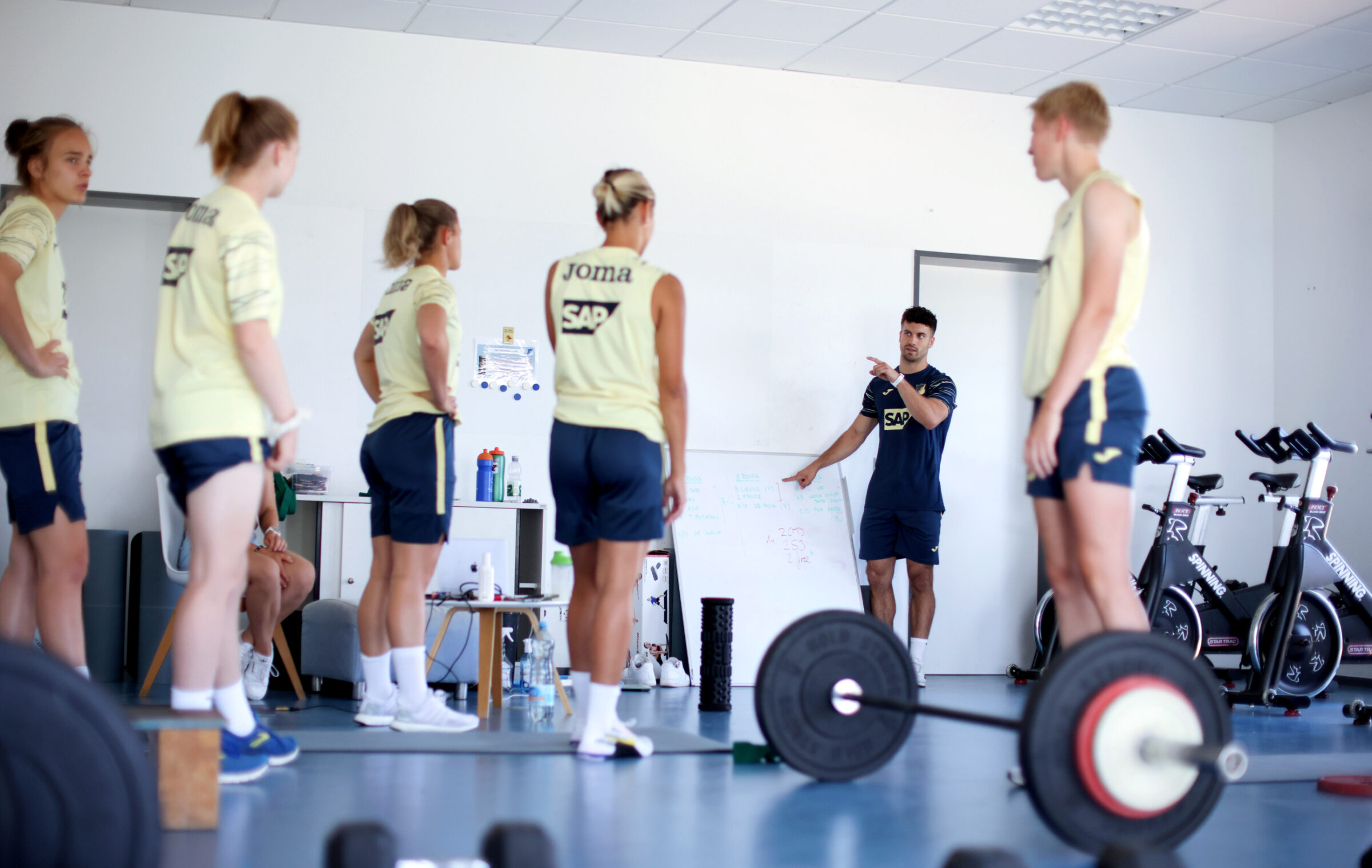
Developing a menstrual cycle workout plan involves tailoring exercises to each phase. Here’s just one example:
- During menstruation, when energy levels may be lower, women can focus on low-impact activities such as yoga or light cardio.
- As the follicular phase begins, gradually increasing the intensity and volume of workouts can take advantage of improved endurance.
- Ovulation, the peak of the menstrual cycle, is an excellent time for high-intensity training, speed drills, or power exercises. The increased hormone levels can enhance performance during this phase.
- Finally, during the luteal phase, it’s essential to prioritize recovery and incorporate exercises like stretching, foam rolling, or yoga to support the body during this phase of decreased energy.
Once again, every athlete is different, but developing an individual player performance ensures you’ll always play your best. Sports data analytics and dashboard planners make it possible to look for potential overload risks and other tendencies that could impact sports performance.
Align Workouts with Women Athletes
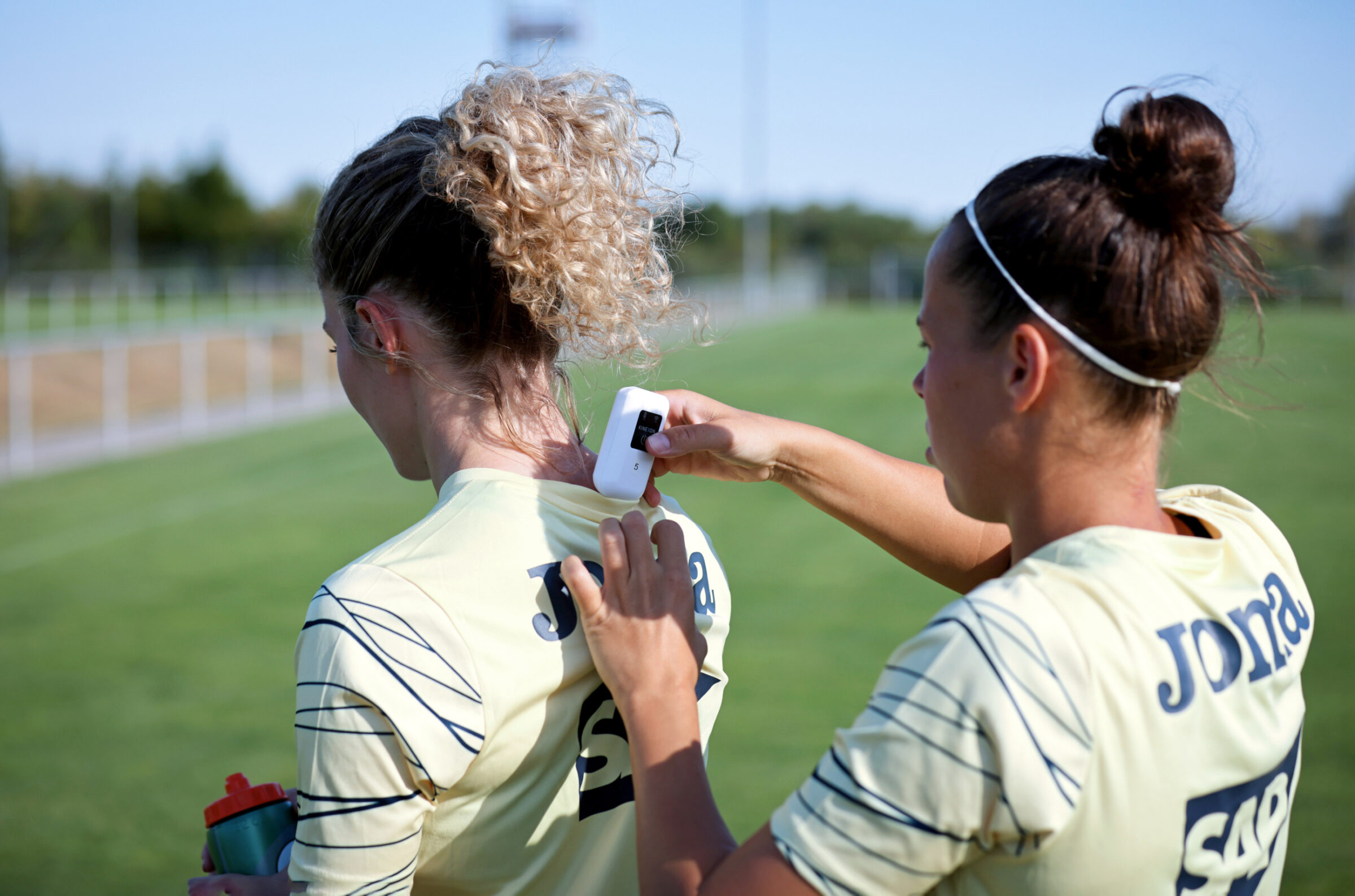
Sports tech and the data it provides women athletes is extremely valuable. It, combined with conversations players are having with coaches and trainers, provides insights into their menstrual cycles and how it may be affecting their performance. This allows everyone to work together to optimize workout plans for each individual player.
Studies show that a personalized approach works best. By aligning exercise intensity, volume, and recovery with each phase of the cycle, women can achieve better results, minimize injuries, and maximize their athletic potential.
Cycle-Oriented Workouts for Women Athletes
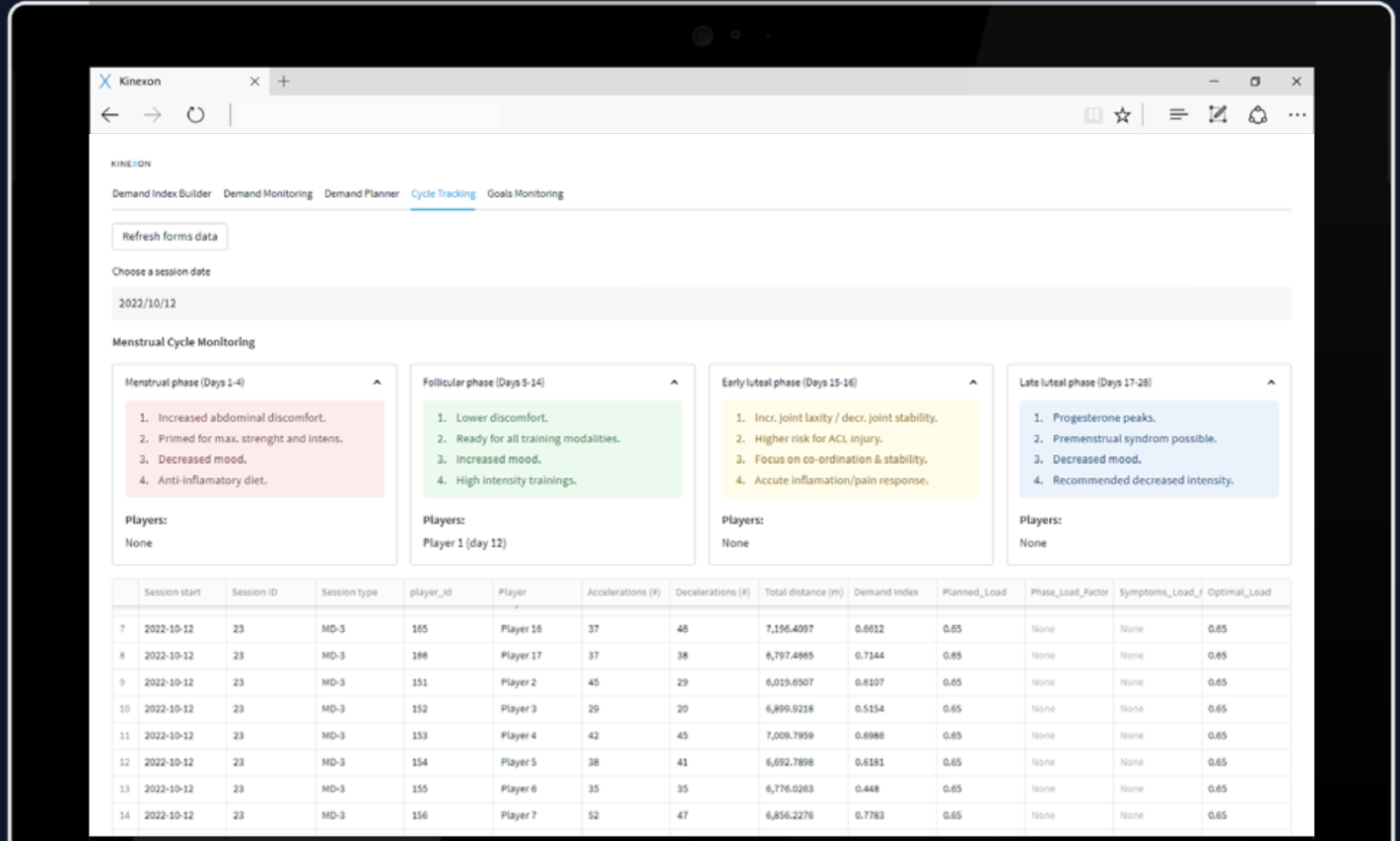
KINEXON advocates for the individual treatment of women and men in the field of sports science and training planning. It’s one of the reasons we’re one of the leading sports analytics companies in the industry.
Since 2022, AWS (a leading company in data analysis) has been supporting this process. The goal is to drive innovations with a focus on the needs of women athletes.
Selected women’s teams like FC Viktoria Berlin, known as “flagship teams,” receive support to make the best use of data in their training.
We’re also working with Swedish National Team defender Amanda Ilestedt as she prepares for the Women’s World Cup. They’re all getting access to tools, including:
- Athlete tracking devices
- Software for analyzing data
- Advice from KINEXON sports science experts
Additionally, AWS provides their expertise in sports data. In exchange, these teams assist in identifying and understanding the needs and possibilities of women’s teams and athletes.
If you’d like to learn more about our women’s sports initiatives, feel free to contact us at any time.
Or read how the TSG Hoffenheim Bundesliga women’s team used player tracking and cycle-oriented workouts to generate groundbreaking information that will impact women athletes around the globe, and then join our initiative, by clicking the link below.
